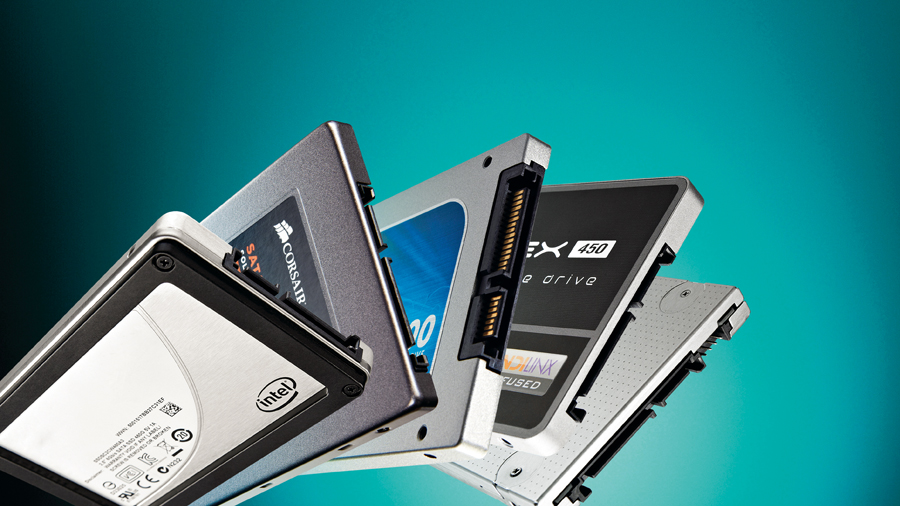How the flash new kids on the block are muscling aside the old storage giants
The big four storage vendors are losing out

All actors, singers and performers know there comes a time when their place in the spotlight will be taken by someone else. It's a natural progression. Some of them accept their diminishing fame with good grace, making a good living from supporting roles or performing fewer gigs in smaller venues.
Others refuse to accept reality and retreat into an illusionary bubble where their fame endures, even if it's only in their own heads. A fortunate but limited few retain an enduring appeal that enables them to keep their place near the top of their profession.
HINE struggling
The big storage vendors find themselves in a similar position today. Like an ageing boy band flogging its latest album, the big four of HP, IBM, NetApp and EMC (HINE), are struggling to maintain their sales in the global external disk storage market as more youthful competitors emerge to steal their thunder.
According to IDC, sales of high-end storage fell for four consecutive quarters to Q2 2014. IBM, EMC and NetApp revenues were all down and HP managed a measly 0.4% increase in sales in Q2 2014. At the same time, sales by newer, smaller companies in the storage market increased by 11.1% to give them a market share of 21%. In other words, the big four are losing out to the new kids on the block.
Why are customers beginning to transfer their affections from long-established traditional legacy storage vendors like EMC, IBM and NetApp to smaller, younger rivals? One reason could be that what smaller vendors and startups are saying is music to the ears of customers who have become disillusioned with the big four. Their message is simple and direct.
By contrast, the more established vendors look as if they are merely paying lip service to flash and other new technologies while keeping customers locked into their out-of-date strategies and roadmaps. The sincerity of their approach can be as convincing as a fading group of over-the-hill pop singers throwing a rapper into the middle of their new single in a desperate bid to gain some street credibility.
Flash limelight
It's no surprise then that one member of HINE recently complained to an online publication that its activities in the flash market were being overshadowed because rival startups were hogging the limelight. Part of the problem was the vendor's more established product portfolio was dwarfing and swamping its flash activities. Put simply, customers do not see flash as core to that vendor.
Are you a pro? Subscribe to our newsletter
Sign up to the TechRadar Pro newsletter to get all the top news, opinion, features and guidance your business needs to succeed!
In contrast, smaller, more focused rivals have no such difficulties conveying their presence in flash and other innovative, fast-moving markets to customers because they are not dragging a portfolio of legacy products behind them to slow their forward momentum.
There's no doubt smaller vendors that specialise in specific storage areas are starting to make inroads with customers. Research carried out by X-IO found that close to 10% of organisations have turned to smaller vendors and that trend is likely to accelerate going forward. While the X-IO research revealed 54% of organisations use big brand storage vendors extensively, that figure is predicted to drop to 39% within the next two years.
Still a big gap
There's still a long way to go, of course, to close the gap with the legacy heavyweights. And customer inertia could be a significant barrier to the speed with which they take on smaller specialist vendors. While X-IO's research showed only 60% of customers felt their existing storage suppliers had met their needs well in the previous two years (but the number would reduce to around half over the coming two years), it did not translate into plans for a big shift to smaller rivals.
Nevertheless, in the category of "aggressive adopters" of advanced solutions, customers were much more likely to turn to smaller specialist vendors. This is probably because customers view smaller vendors as drivers of innovation and perceive larger players as being stuck in a rut and lacking innovation.
With many customers predicting much higher use of solid state and flash storage within the next three years, the prospects for small vendors determined to disrupt the status quo of the industry are promising. If the legacy vendors want to keep their place, they'll need to strike a different chord with their customers.
- Gavin McLaughlin is VP, Worldwide Marketing at X-IO